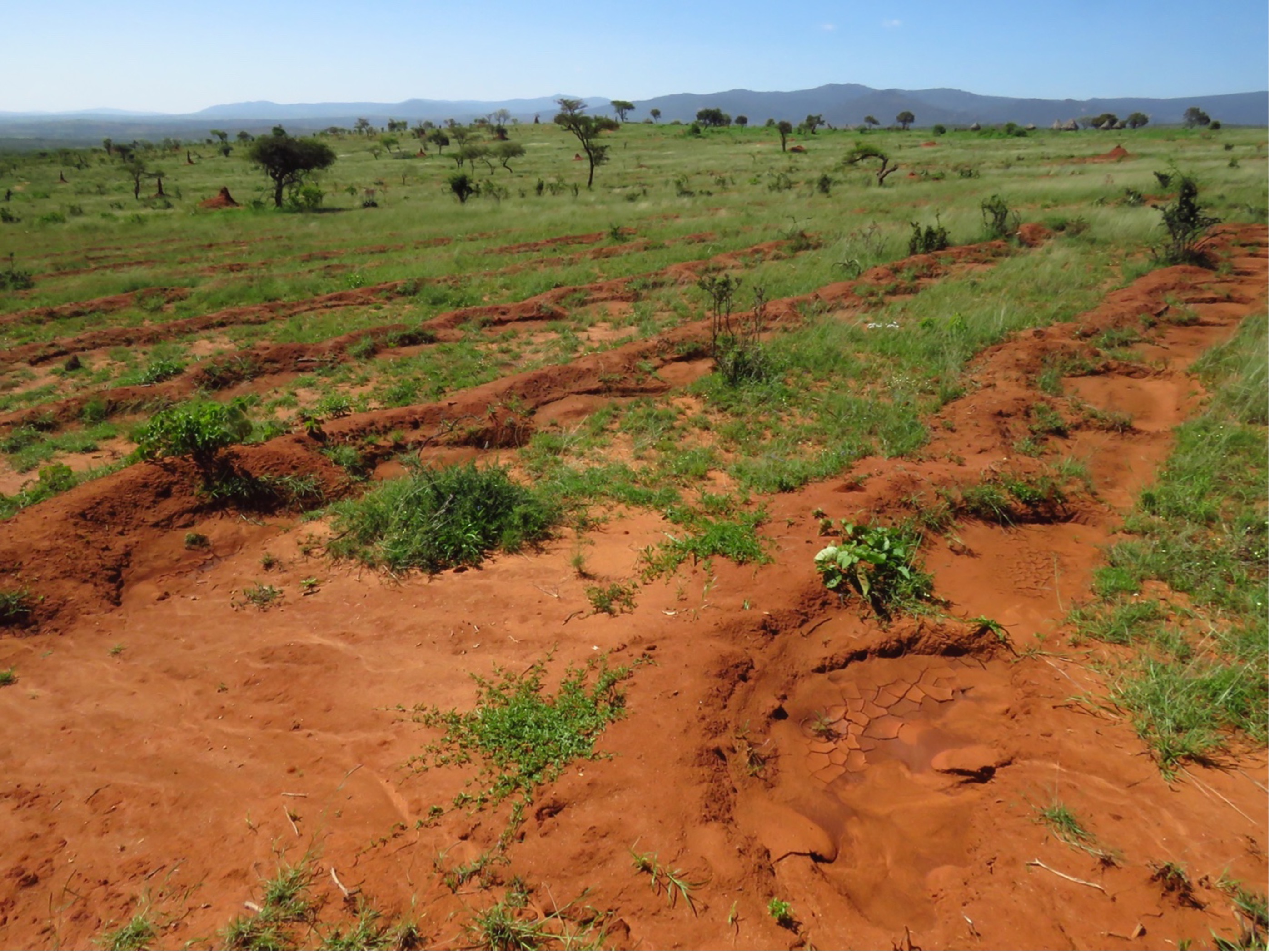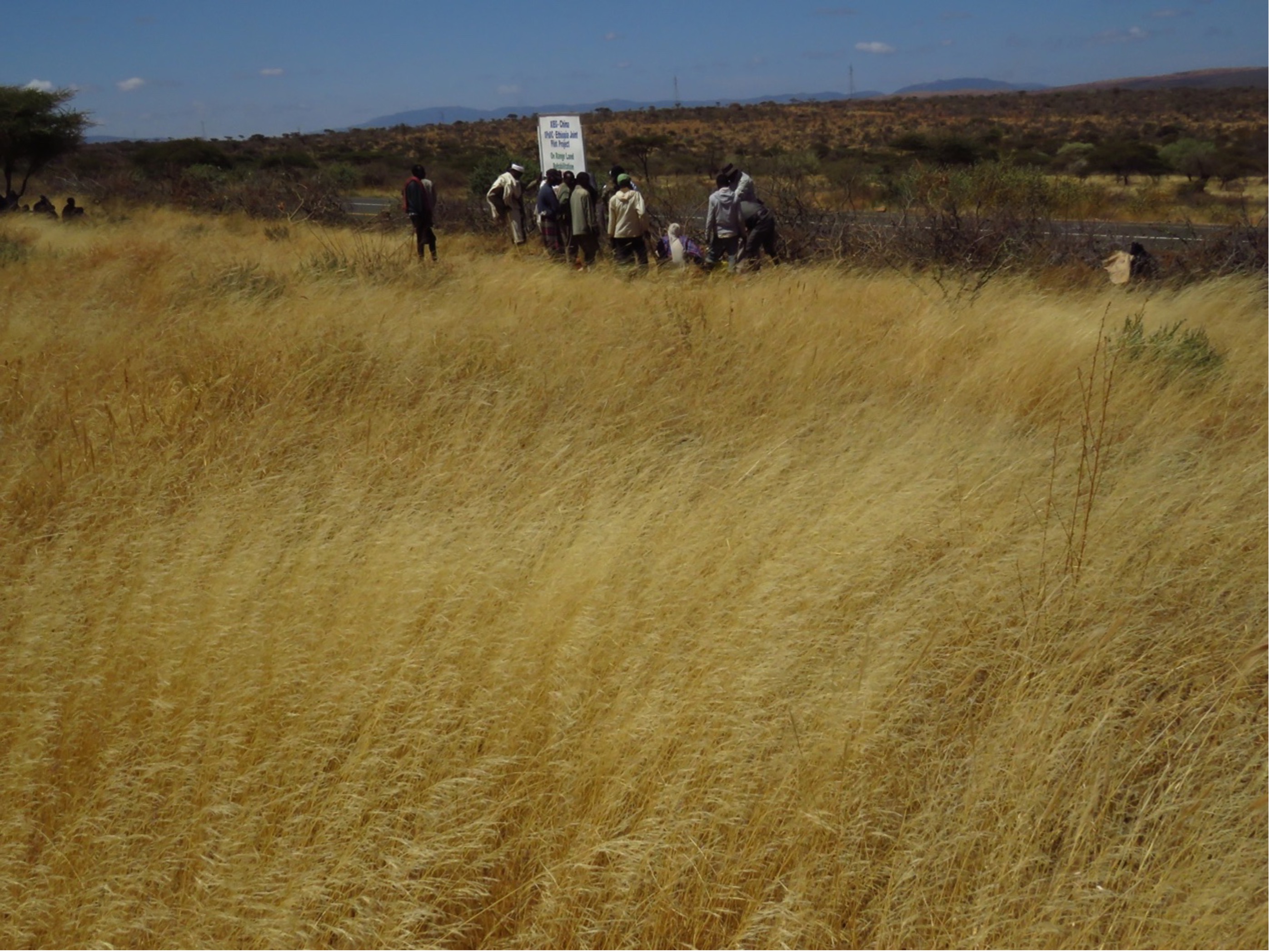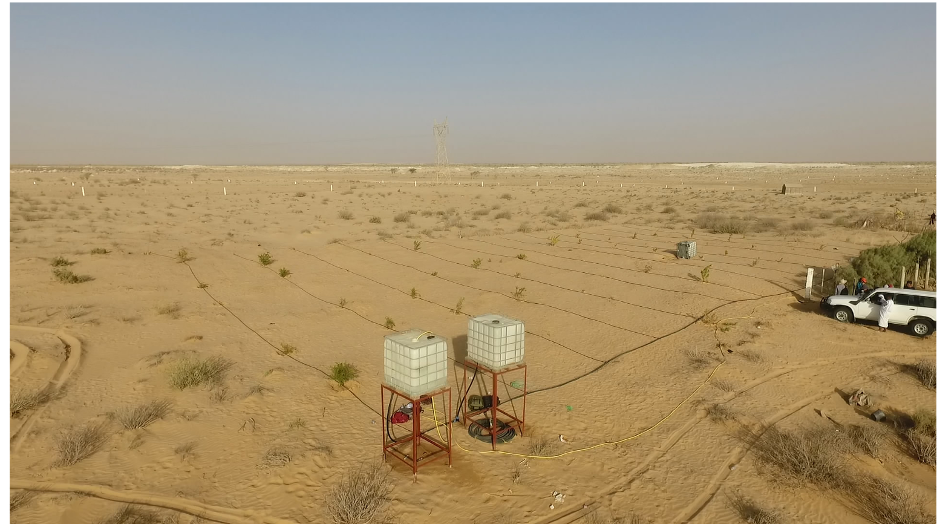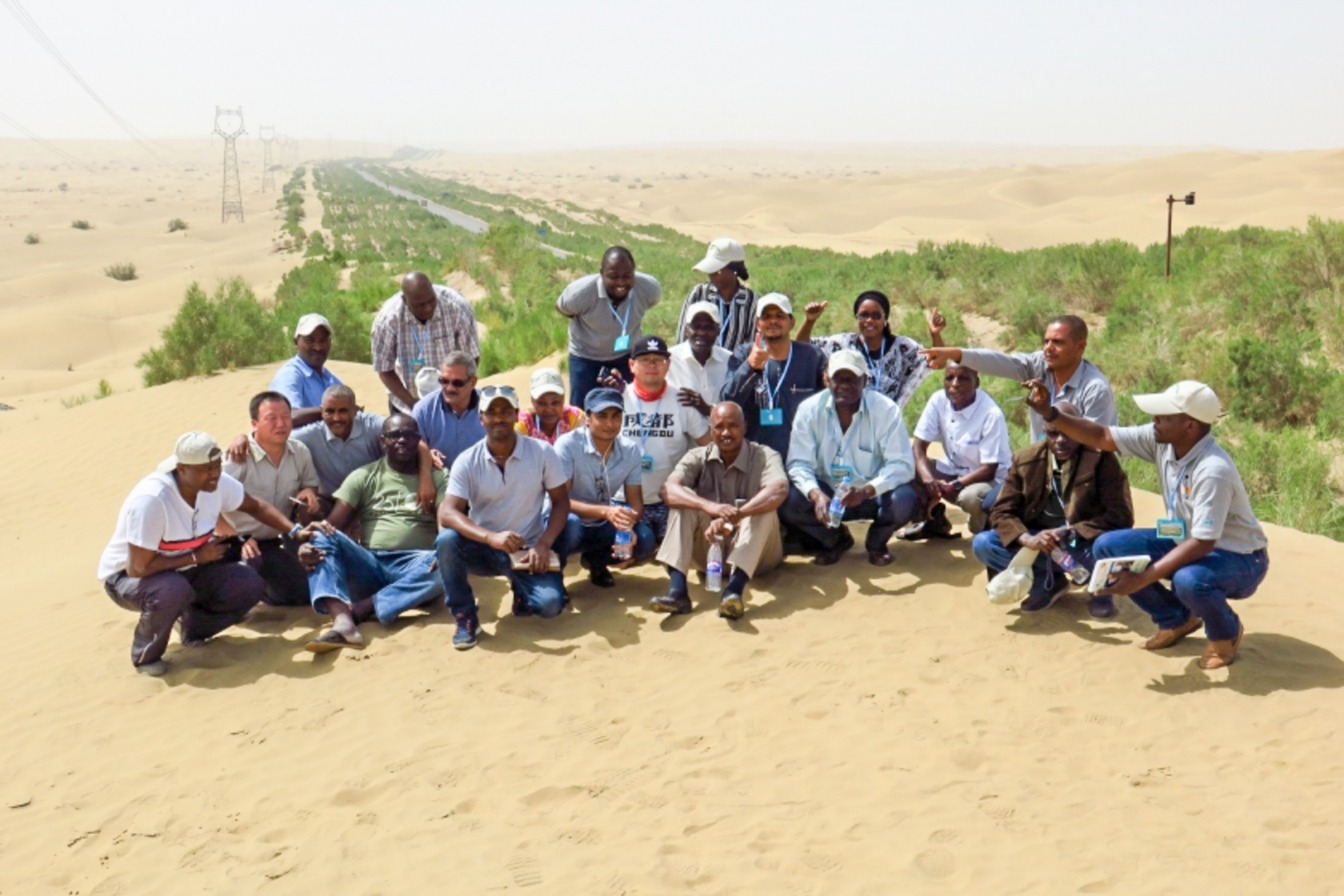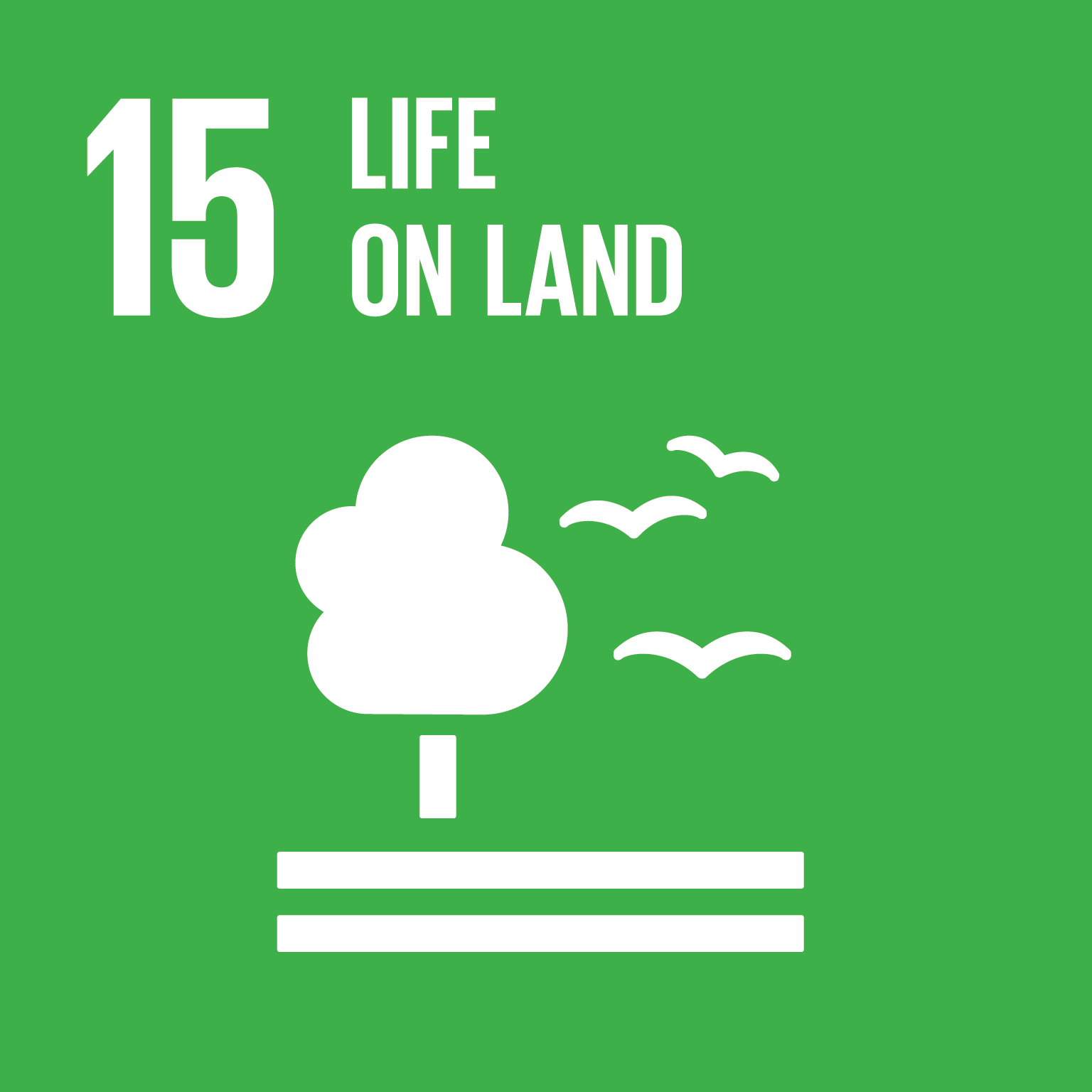 Piloting Desertification Control in Countries of the Great Green Wall in Africa
Linking the Great Green Walls in the world’s two largest deserts through South-South cooperation
Piloting Desertification Control in Countries of the Great Green Wall in Africa
Linking the Great Green Walls in the world’s two largest deserts through South-South cooperation

Challenges
The Sahel region is seriously affected by land degradation, especially desertification. Under the leadership of the African Union, the “Great Green Wall (GGW) of Africa” was launched to combat land degradation and poverty, and has achieved some initial results in the past 10 years. The adjusted GGW objectives are to restore 100 million hectares of degraded land, sequester 250 million tons of carbon in the soil and create 10 million green jobs in rural areas by 2030. However, there are still large gaps in governance, monitoring and reporting, funding and technical issues to overcome to achieve these goals, as shown by the United Nations Convention to Combat Desertification review report. Some of these issues include: 1) lack of proper and managed knowledge/information-sharing and lack of coordination mechanisms at the national and regional levels; 2) a low survival rate in tree plantation; and 3) the motivation of farmers and sense of ownership in communities depend on revenues.
Towards a Solution
To address the technical gaps identified above concerning requisite GGW restoration actions, this project builds restoration technology demos in Mauritania (host of GGW regional hub) and Ethiopia (African Union host country), as a reference point for all GGW countries. These demos refer to China’s successful 436 km long 'Green Wall' built from 1991 to 2006 that holds back numerous sand dunes within the second largest sand desert in the world, the Taklimakan Desert. This Taklimakan Green Wall’s development was based on long-term research and tested to be cost-effective by the team from the Xinjiang Institute of Ecology and Geography, Chinese Academy of Sciences (XIEG, CAS).
The project team from XIEG, CAS developed in the GGW regions various modes of sand-fixing through applied research and screening cost-effective sand-fixing materials. Some key technologies were identified and demonstrated, such as mixed mechanical-biological measures, ecological restoration and degraded grassland management. Such cooperation provides tested desertification control and livelihood options for GGW. All of these measures contributed to SDGs 15.3, 2.4, 3.9,13.1,17.7 and 17.9.
The project team implemented tasks in Mauritania through the Nouakchott-based West Africa Office of the China-Africa Joint Research Centre under the Chinese Academy of Sciences, and it worked closely with the Mauritania Ministry of Environment and Sustainable Development (MEDD) and the Mauritania African Great Green Wall National Agency. The project in Mauritania aims to improve the Nouakchott existing urban protection system to combat desertification. Some grid sand-fixing demos(1.5ha) were built with integrated measures like rapid sand fixation with new materials in fine grid, resilient native species selection, drip irrigation and plantation at raining season. Field technical training was provided to 50 local trainees to allow effective implementation and follow-up maintenance.
Through the long-term partnership with Oromia Pastoral area Development Commission, Ethiopia (OPADC), the project team jointly established these following two demonstration sites and with land and personnel support provided by the Ethiopian side.
- Afforestation with fish scale pit and water-retaining material (2 ha). To address erosion, high intensity and unevenly distributed precipitation in Ethiopia’s hilly low-altitude desert, a water-harvesting afforestation plan was implemented by expanding waterlogging afforestation, increasing rainwater collection with water-retaining material, improving tree survivalship and the growth rate. It turned seasonal flood into irrigation for expanded new plantation in low-altitude areas. These practices were further scaled up for wider use by the local community on 3,795 ha. of land in 13 pastoral districts of the Borana zone.
- Degraded grassland restoration in 200ha: in addressing declining animal husbandry and local livelihoods as grave consequences of grassland degradation in Ethiopia, a comprehensive grassland restoration technology in low altitude areas was developed. This includes planting grass while clearing encroached bush species, fencing hillsides for grazing rotation, combination of grazing and animal husbandry. These practices have been upscaled in other low altitude areas, with 2,646 kg of forage seeds spread on 330.8 ha. of bare or degraded rangelands participated in by 34 pastoral households. The average forage yield from these areas was 2.9 t/ha, which has doubled. This intervention ensured year-round forage supply for over 100 cattle. Furthermore, such interventions were undertaken over 52,841 ha of land in 13 pastoral districts. The current total annual forage yield of these intervened areas (52,841 ha) is about 137,387 ton which ensured a year-round forage availability for more than 127,210 cattle (at a daily intake rate of 3 kg per head per day) benefiting over 43, 000 people directly and indirectly in the area.
With such cooperation, XIEG, CAS signed Memorandums of Understanding with the Pan African Agency of the Great Green Wall, MEDD of Mauritania and Oromia Pastoral area Development Commission, Ethiopia, which provided institutional partnerships for joint applied research, knowledge-sharing, technology transfer and capacity- building. To scale up this project to other countries, international technical training courses were organized by XIEG, CAS. Six international students from African countries were recruited with scholarships and educated in China. Some Chinese enterprises dealing with prevention and control of desertification were invited to this project sites and supplied their cost-effective technology. Joint research to assess the current GGW progress and technology, sustainable livelihood options and local policies is in progress to allow better scaling up.
Moreover, during the Eighth Ministerial Conference of the Forum on China-Africa Cooperation (FOCAC) in Nov 2021 the Dakar Declaration clearly listed “support the development of the Great Green Wall” as one of joint actions. In the Declaration on China-Africa Cooperation on Combating Climate Change, it also stated that China will support Africa inimplementingtheGreatGreenWallInitiativeandwillmake good use of technologies including the China high-resolution Earth Observation System.
Some of key innovations or values added of this project are as follows: 1) science and long-term experiments based interventions referring to Chinese success in tests undertaken in a similar context; 2) long term partnership and buy-in of pilot countries since 2011, with significant support from the GGW regional office and national governments to allow inclusive participation and sustainability; 3) integrated ecosystem management approaches for multiple SDGs, including short- and long-term livelihood options for local community incentives; 4) UNEP, through UNEP-IEMP, provided cross-nation facilitation and upscaling opportunities; 5)continuous funding from the Chinese Government and new FOCAC political support for GGW bring incentives and sustainability for such cooperation; and 6) capability-building for different stakeholders, including scientists and practitioners, to allow effective hand-on practices and transfer of knowledge and technology.
Contact Information
Countries involved
Supported by
Implementing Entities
Project Status
Project Period
Primary SDG
Primary SDG Targets
Secondary SDGs
Secondary SDG Targets
Similar Solutions
| NAME OF SOLUTION | Countries | SDG | Project Status | |
|---|---|---|---|---|
A Billion Brains: Smarter Children, Healthier Economies High Level Meeting on South-South Cooperation for Child Rights |
China, Ethiopia, Mauritania, Nigeria | 17 - Partnerships for the Goals | Completed | View Details |
Accelerating the Transformational Shift to a Low-Carbon Economy in Mauritius Towards supplying 35 percent of the country’s energy needs with renewables by 2025 |
China, Ethiopia, Mauritania, Nigeria | 05 - Gender Equality 09 - Industry, Innovation and Infrastructure 13 - Climate Action | Ongoing | View Details |
Accelerator Labs Network Following collective intelligence methods to address emerging sustainability challenges and the growing demand for local solutions |
China, Ethiopia, Mauritania, Nigeria | 08 - Decent Work and Economic Growth 13 - Climate Action | Ongoing | View Details |
Accessibility of Financial Services and the Private Sector in Africa Maximizing the impact of financial cooperation on economic development and industrialization in Africa |
China, Ethiopia, Mauritania, Nigeria | 08 - Decent Work and Economic Growth | Completed | View Details |
ACP Business-friendly Supporting business-friendly and inclusive national and regional policies, and strengthening productive capabilities and value chains |
China, Ethiopia, Mauritania, Nigeria | 08 - Decent Work and Economic Growth 17 - Partnerships for the Goals | Ongoing | View Details |
